Intervals Nº3: Dennis Foster
An interview series with creative professionals exploring music's role in the artistic process.
Intervals is an interview series exploring how music integrates with and informs the creative process. In each installment, I’ll speak with artists across disciplines about the role sound plays in their work and lives.
In today’s conversation, we’re in dialogue with visionary LA-based painter Dennis Foster.
I have known Dennis and had the honor of being his friend for several years now. He is quiet and understated; calm, courteous and has an immediately disarming quality to his energy. His geometric and often primary color-hewn paintings achieve a mesmeric quality. The patterns of shapes and color choices and their sequencing I dare to say are wholly unique. The paintings possess a simplistic vibrancy — sometimes made on folded newsprint — the exactness of the angles and the precise details of the arrangements are staggering upon closer inspection. The lines are made with no aid from a ruler or tape. Every centimeter is painstakingly perfect. The depth and color-shading are almost inhumanly uniform in tone. His keen sense of visual acuity carries across in some ways from his inspiration from both exploring and studying the natural world and his immersion into the nuance of independent and experimental music.
1. What role does music play in the conceptual phase of any given project (either subconsciously or overtly)?
Music plays a propelling component to say the least. I gravitate towards repetitive, instrumental music while working, mostly at the beginning stages of whatever I am working on. Once I find my rhythm or something starts to click, I will go long stretches without realizing the absence of music. To me it feels like an essential piece in navigating the problem solving involved with making a painting.
2. Has music ever informed certain creative choices you make in your process—or changed the way you thought about a project?
Not directly that I would be able to reference. I do often find myself wanting to translate a particular musical mood to a visual essence, but the work I'm typically making is very graphic, and much of the music I'm listening to is somewhat ethereal. Trying to find a way to loosen up the work is something I have been exploring with my paintings while also maintaining a recognizable thread to trace back.
3. What are your listening habits in your day-to-day life, both within the work, and in general?
Mornings and evenings with intentional choices — if I'm commuting around Los Angeles I'm usually with the radio — KUSC 91.5 (Classical) or 88.1 (Jazz). Traffic and a good record don't mix for me. It feels like a disservice. So, I mostly opt for background noise unless it's a scenic drive.
When working, an album while having coffee in my studio is a typical start. I don't tend to listen to playlists while painting. In general, I'm searching for a tone I can follow and setting a general sense of rhythm to settling into a working groove. In leisure, I play 1-2 albums in the evenings with my partner Kara while she journals and I sketch is one of life's simpler pleasures.
4. What are a few of the most influential artists (or albums) in recent memory that have provided deep inspiration for your work?
Nathalie Du Pasquier comes to mind; particularly the way she handles installing paintings and transforming spaces… Patricia Treib and her calligraphy-like paintings and the way she uses negative space. Michael Georgetti is another painter I have been looking at recently from Melbourne; very beautiful collage-like compositions.
To name a few albums / compilations that I cherish in the studio:
Low Power by H. Takaheshi. I listened to this one frequently when working on my last show, "Same thing Twice."
Received: Selected Works 1981-1993 from Alessandro Pizzin feels mechanical but has a somewhat somber tone. I visit this one mostly during the early stages of working through something.
Stuart Bogie — Morningside. Floaty and uplifting. An especially good morning listening all the way through.
Joanna Brouk — Hearing Music
5. Are there any parallels in your work that relate to music — materials, elements or patterns in your work that could be interpreted as somehow musical?
I would hope my paintings deliver that sense. The color can be seen and is very intentionally meant to carry the viewer through the work in a rhythmic way.
Sequencing the paintings in a way that elevates that feeling I think is the biggest component. I do want the work to be communicating and referencing itself in a way that feels like something is unraveling or has an animated quality.
6. What is your favorite movie soundtrack or original film score?
Yo La Tengo’s score of Old Joy by Kelly Reichardt. Spatially sublime.
7. Is there a song or artist from your youth that you feel encapsulates the emotion of that time in your life?
“Hometown Fantasy” by Andrew Kenny (off of a split EP called Home with Ben Gibbard) during junior year of high school. I can't stomach Ben G. these days but still very much frequent A. Kenny and his group The American Analog Set.
8. What track is currently stuck in your head or constantly being played on repeat in recent days/weeks?
“She Went Astray” by Brighde Chaimbeaul. She is a Scottish piper that grew up on the Isle of Skye. It's like a beautiful and haunting alarm going off. A great album for walking.
9. What was the last truly amazing musical performance you saw live?
Gillian Welch and David Rawlings in Santa Barbara. The stretch of Pacific Coast Highway between Ventura and Santa Barbara felt different following the performance. A transformative one!
10. Please share a playlist that you keep returning to time and time again.
During the pandemic, I had been making playlists under the name "Shelter In Place." I revisit #4 the most. 14, or 15 in total? Emotional time capsule. Stream it here (via Spotify).
Intervals Nº3 Playlist: Spotify, Tidal
Dennis Foster lives and works in Los Angeles. He’s held several solo exhibitions with Ampersand Gallery in Portland, Oregon as well as Legion Projects in Sonoma, California.
His latest exhibition, "Same Thing Twice," marked his second solo showing with Nationale in Portland.
For more on Dennis and his paintings, visit fennisdoster.com.
More discussions from the INTERVALS series:
Intervals Nº2: Molly Sedlacek
Intervals is an interview series exploring how music integrates with and informs the creative process. In each installment, I’ll speak with artists across disciplines about the role sound plays in their work and lives.
Intervals Nº1: Michael McGriff
Intervals is a new interview series exploring how music integrates with and informs the creative process. In each installment, I’ll speak with artists across disciplines about the role sound plays in their work and lives.
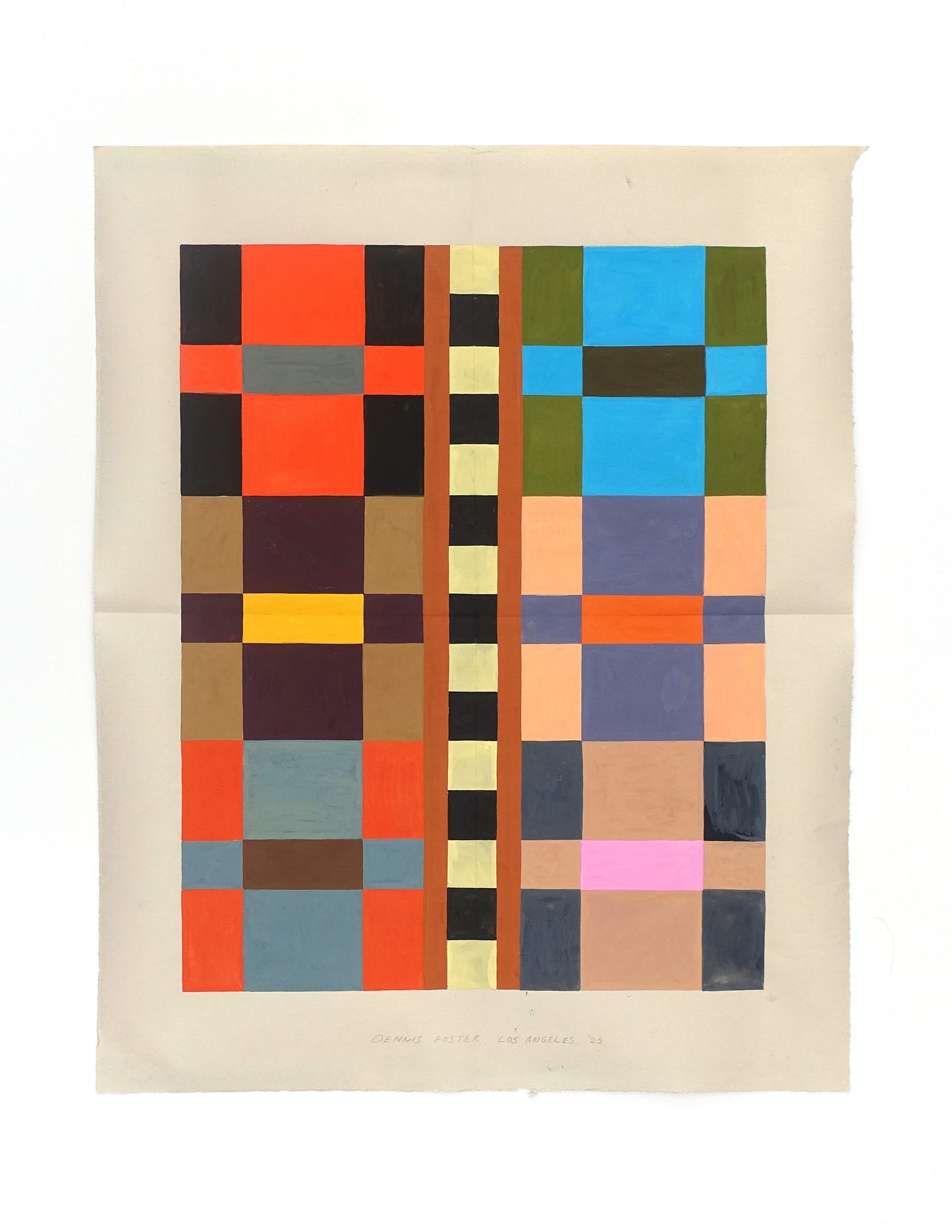
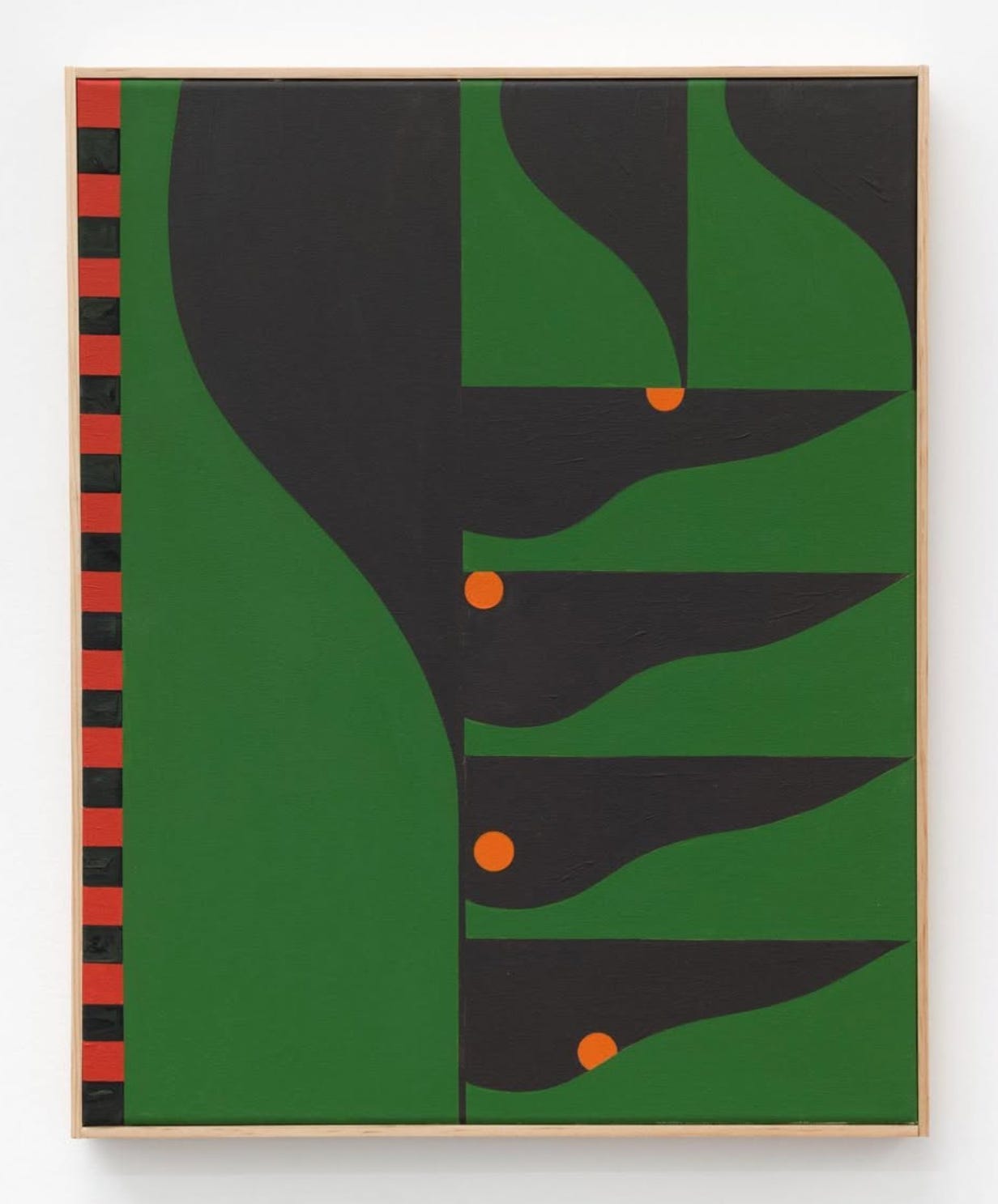
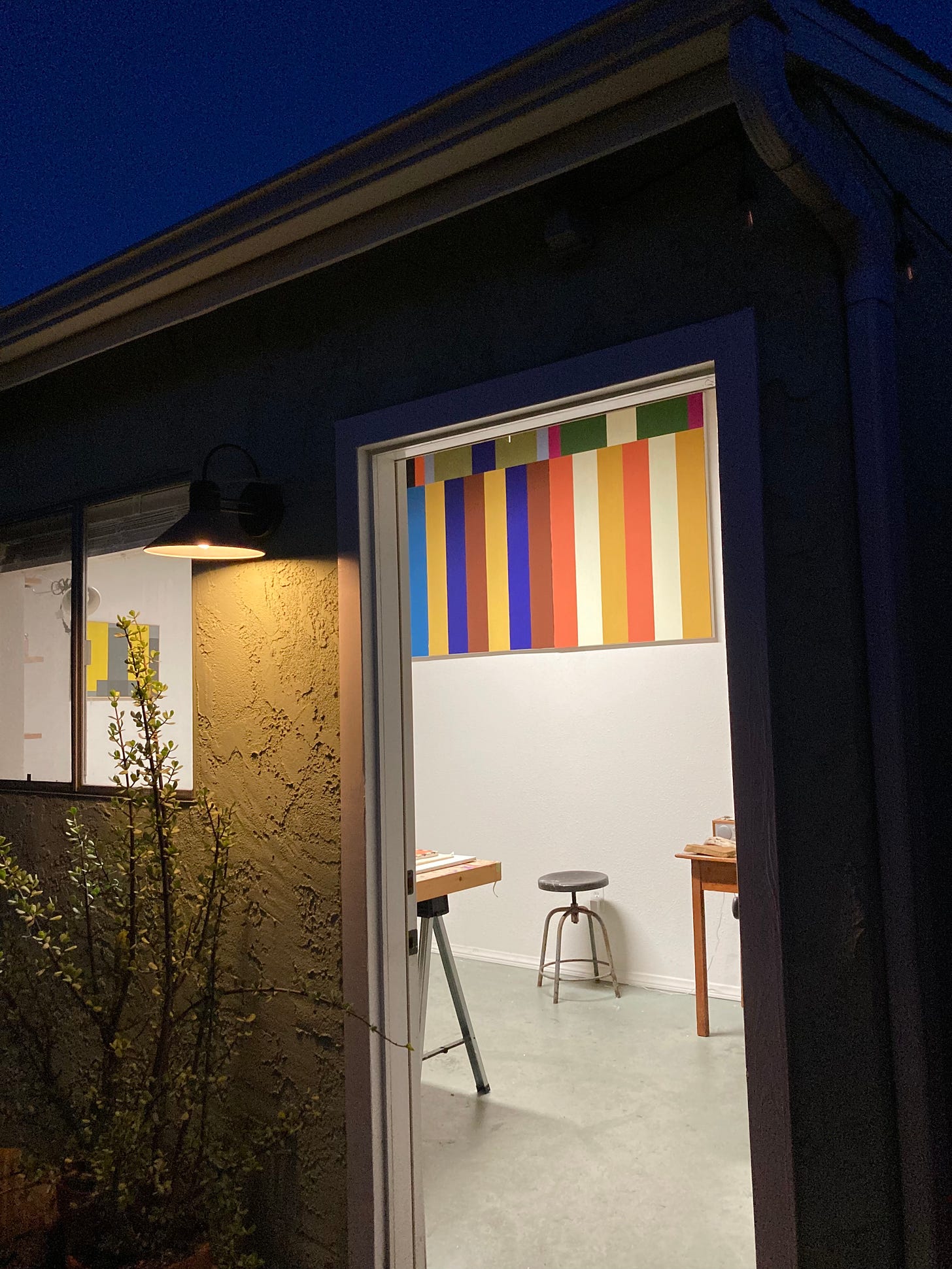

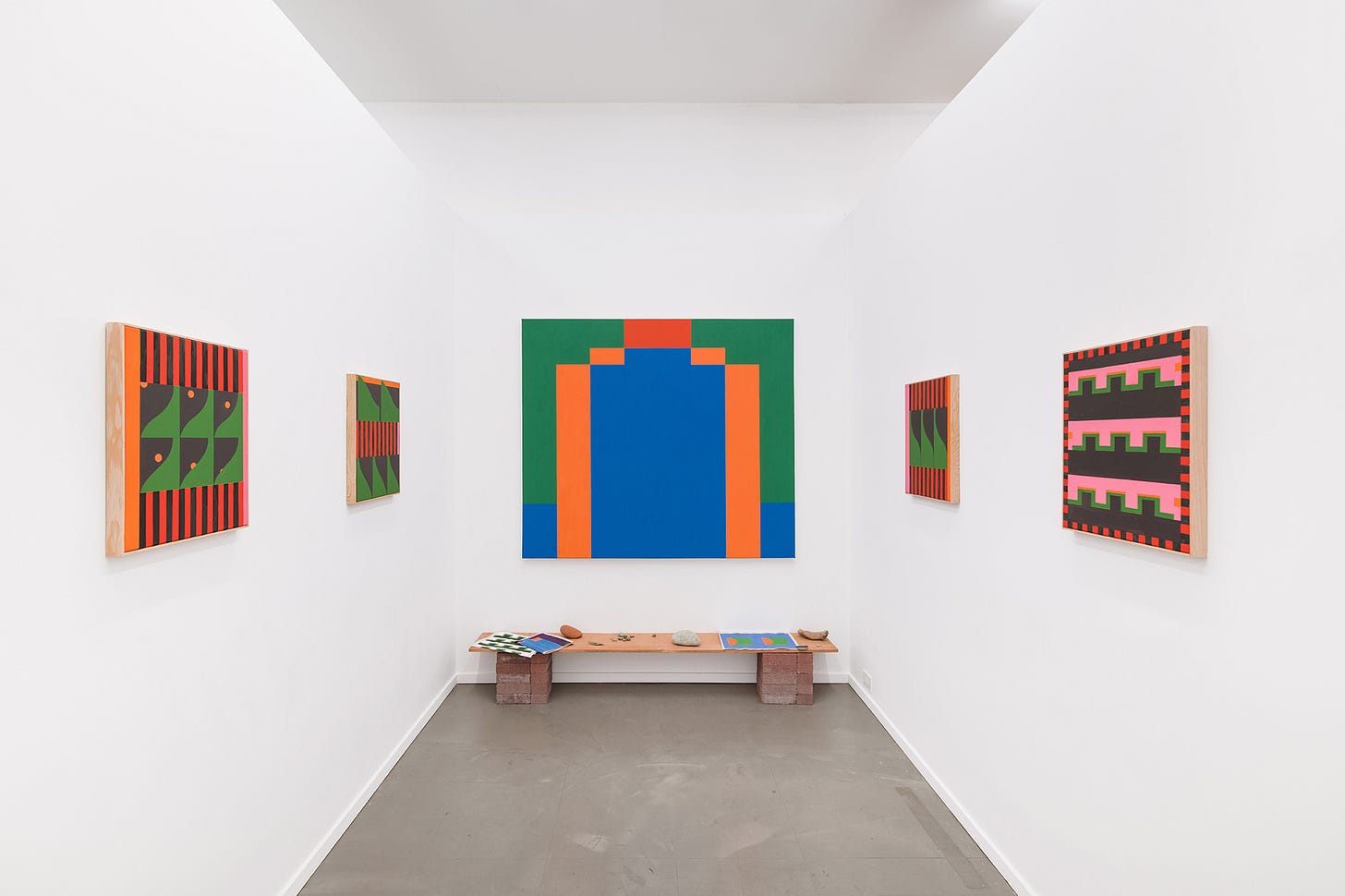
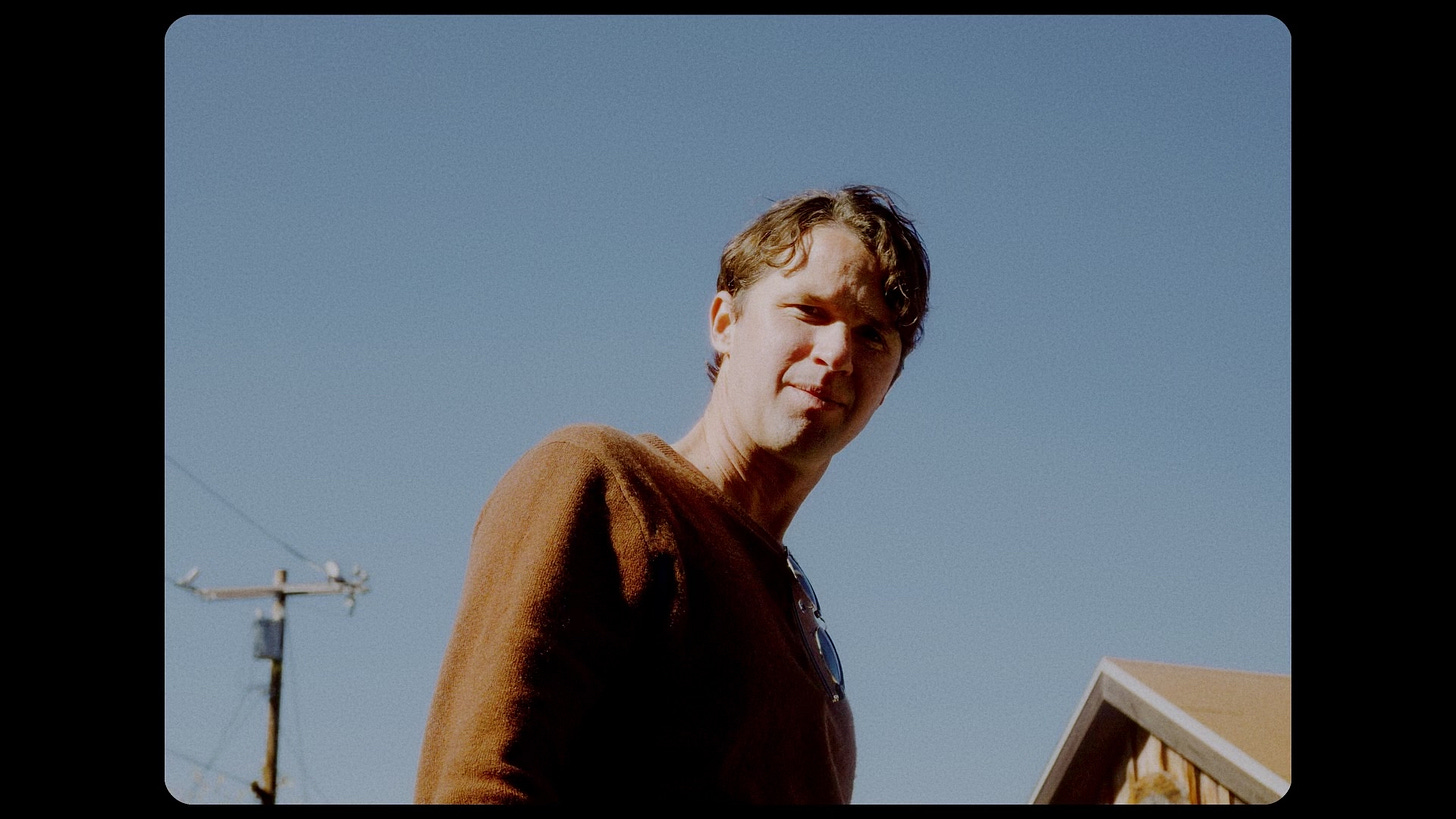
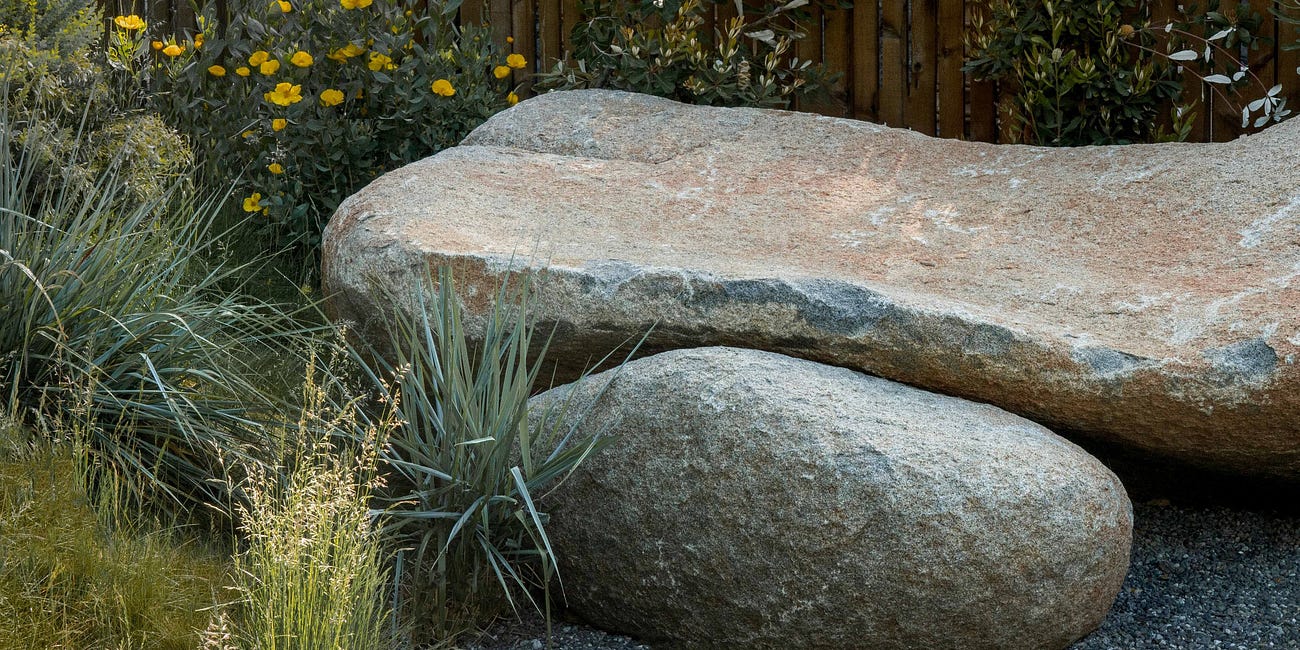
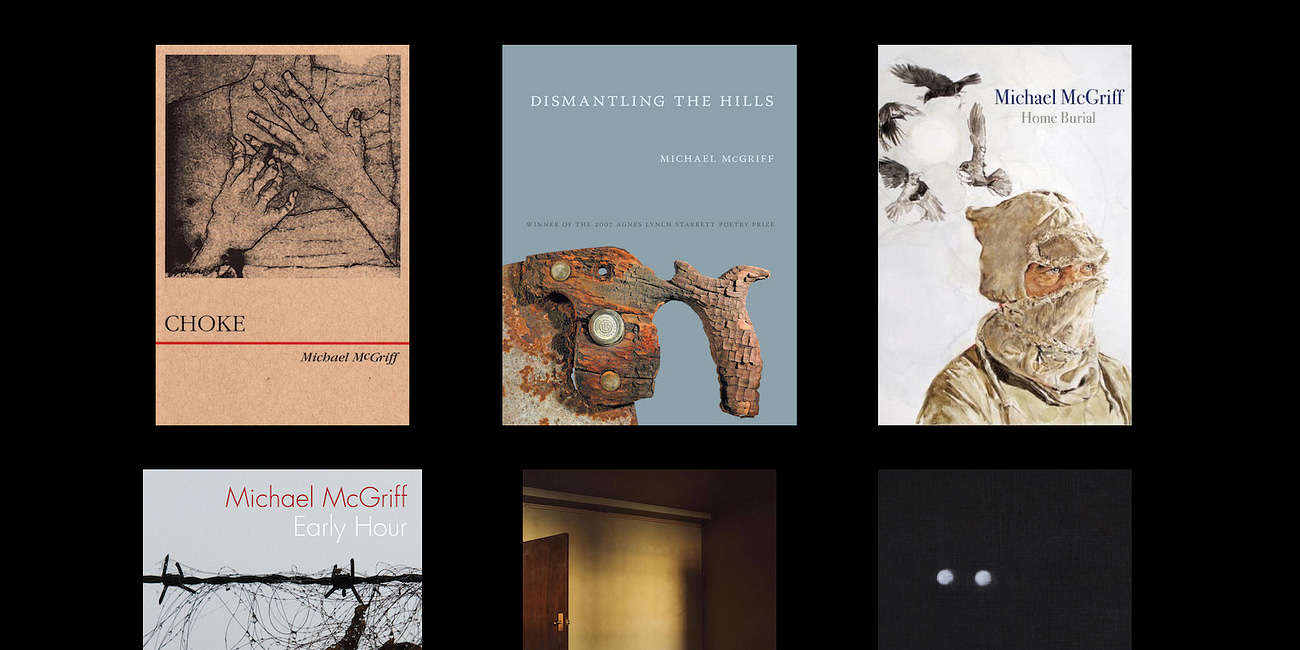
A good one -- thank you both for sharing! <3 BK